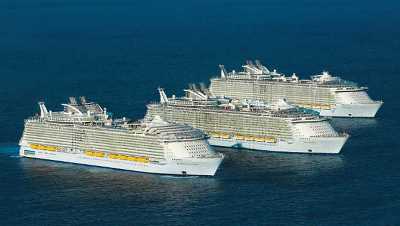From time to time, the duplication of an industrial facility is attempted, with the aim to reap economy of scale and gain schedule and cost performance by exploiting a learning curve. However, a number of parameters will prevent taking the expected benefit of such an approach. Our new White Paper 2020-11 ‘How to Overcome the Dangers of Facility Replication’ describes the key parameters to be considered by the Owner when the duplication of a facility is attempted so as to manage expectations about the actual gains that can be obtained.

In several industrial fields, series effects are measured to be very significant even on very complicated objects. Examples include shipbuilding (concept of sisterships), small series manufacturing such as trains, aircrafts and many other fields. The benefits of duplication is substantial and can lead to significant savings even with very short series of 2 or 3 copies. Savings include economies of scale on engineering, cost and schedule savings for the procurement of material and equipment and for construction of the plant, and further benefits during operations in terms of lessons learnt, mutualisation of spare parts and scale effects on maintenance and upgrade works.
It is thus natural that the same order of savings be sought also for industrial facilities through a replication approach. However, it often proves to be an illusion.
Issues that make facilities different include in order of controllability:
- Design improvement or change
- Industrial strategy (suppliers and subcontractors)
- Site-related factors
- Regulatory factors
Based on the analysis of all the aspect that will induce changes, it is safe to assume that in the realm of industrial facilities, true duplication is never fully achieved. Some degree of duplication will be achieved which can be measured in terms of percentage of facility value. The essential part is to achieve a duplication of the core process and, as much as possible, of the main utilities, and benefit from an effective learning curve from suppliers and contractors.
Measuring the actual degree of duplication is a way of managing expectations as to the actual benefits to be expected from the approach. Economies of scale and learning curve expectations should only be applied to the part of the facility that is effectively duplicated.
Duplicating an industrial facility and reaping the full benefits of a short series effect is much less straightforward than for manufacturing of complicated objects produced in short series.
Many factors conspire to make the new facility in reality quite different from its initial model. It is essential to have discipline to avoid as much as possible changes so as to reap at least a part of the economy of scale and learning curves. This requires a thought process that should start even prior to the first facility by implementing a design and contracting strategy that anticipates multiple facility constructions.
Read our new White Paper 2020-11 ‘How to Overcome the Dangers of Facility Replication’ to understand better the stumbling blocks of replication.
If you can’t access the link to the white paper, copy and paste the following link in your browser: https://www.projectvaluedelivery.com/_library/2020-11_dangers_replication_v0.pdf

